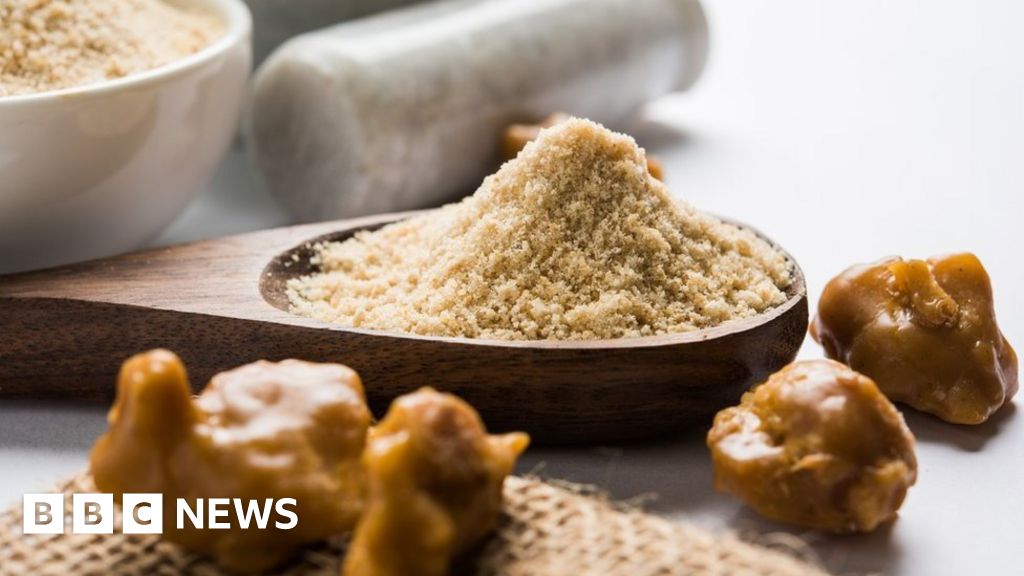
Asafoetida: The smelly spice India loves but never grew
And over centuries hing wove its way into Indian menus, especially, Dr Bhattacharya adds, as Hindus "sanctified" it as a substitute for onion and garlic. From hingu in Sanskrit, it became hing in Hindi, imgu in Kannada, inguva in Telugu, him in Bengali and so on. It had names everywhere else too: the Persians called it anghuzeh, the Greeks, aza, and Arabs, haltit or tyib; in Swahili, it was mvuje. The Europeans were less friendly, calling it devil's dung and stinking gum.








